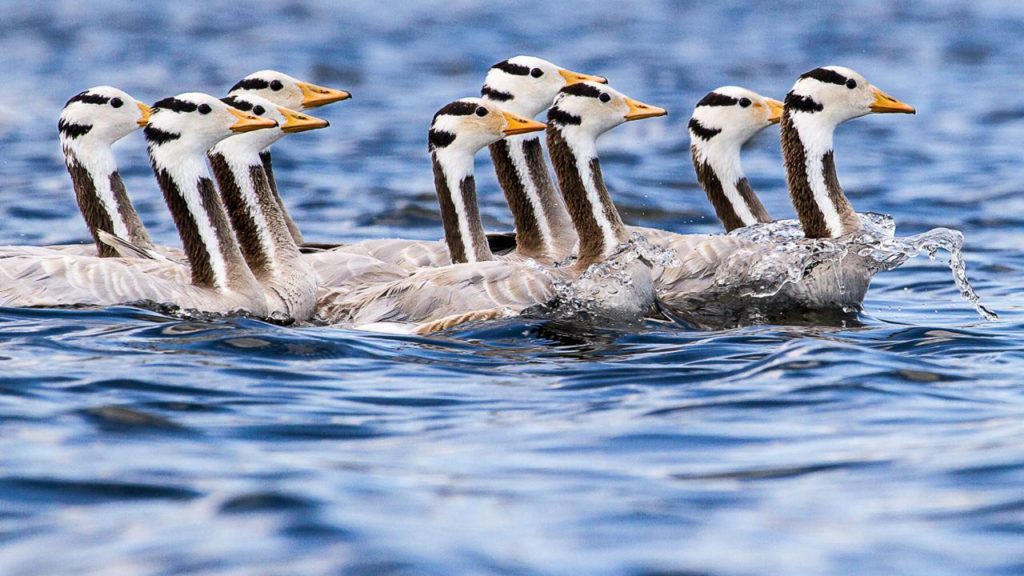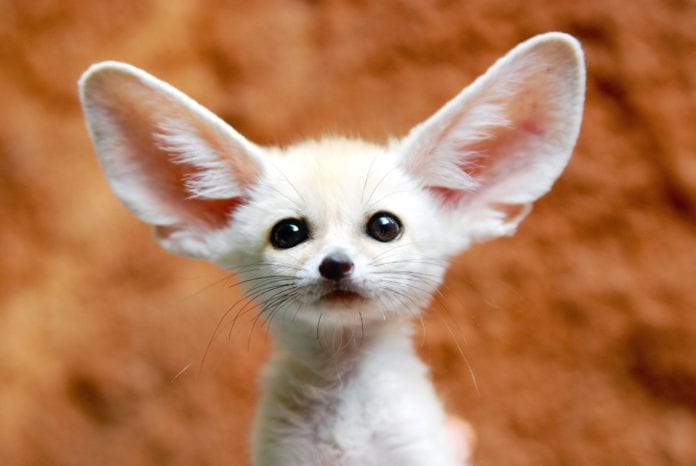Animals have moved about the Earth for a long time. From the migratory birds to the mammals of the Serengeti, travelling has been an integral part of the survival mechanism of animals all over the world. Some skills are a must if one wants to travel over large distances. One of them is the ability to tell what direction one is going in. Humans have used the stars at night to figure this out, when there is no Sun. Animals, however, have evolved into something much more exciting, the ability to sense a magnetic field.

For the most part, we do not know how animals can detect a magnetic field. It is an amazing ability that allows animals to navigate through tough situations. The ability is called magnetoreception, and it is found across the board in almost all types of animals. Researchers have been trying to find the source of this ability for a long time now, and they have a hypothesis. The scale of this problem is enormous, and researchers the world over regard this problem as one of the most difficult to tackle in sensory biology.
Currently, two central hypotheses aim to explain this mysterious ability. One of them lays the blame on cryptochromes, a kind of protein sensitive to light, which possibly helps the animals detect magnetic fields. The other hypothesis claims that the iron in animals’ bodies helps them detect the magnetic fields. The new hypothesis, however, claims that this ability is due to a symbiotic relationship between animals and magnetotactic bacteria that live inside and orient themselves according to a magnetic field. They have magnetic structures inside their bodies called magnetosomes that help them do so.

This hypothesis has had its fair share of criticism. The first problem that the researchers have had with this hypothesis is the sheer lack of empirical evidence to support this claim. Other concerns include the question of how they communicate with each other. However, ever since this study was first published in 2017, new evidence has come up for symbiosis between these bacteria and microscopic marine protists. This gives a huge boost to this hypothesis as it is thought that these bacteria alter the navigation abilities of these marine protists. This means that the hypothesis is much closer to being proved true, and we are closer to a real explanation.
Other studies have also indicated that these bacteria are much more common in nature than previously thought, which is another good sign for this hypothesis. All that is left is to wait and watch until we have a scientifically proven reason for this extraordinary ability that some creatures have.
Further Reading:


